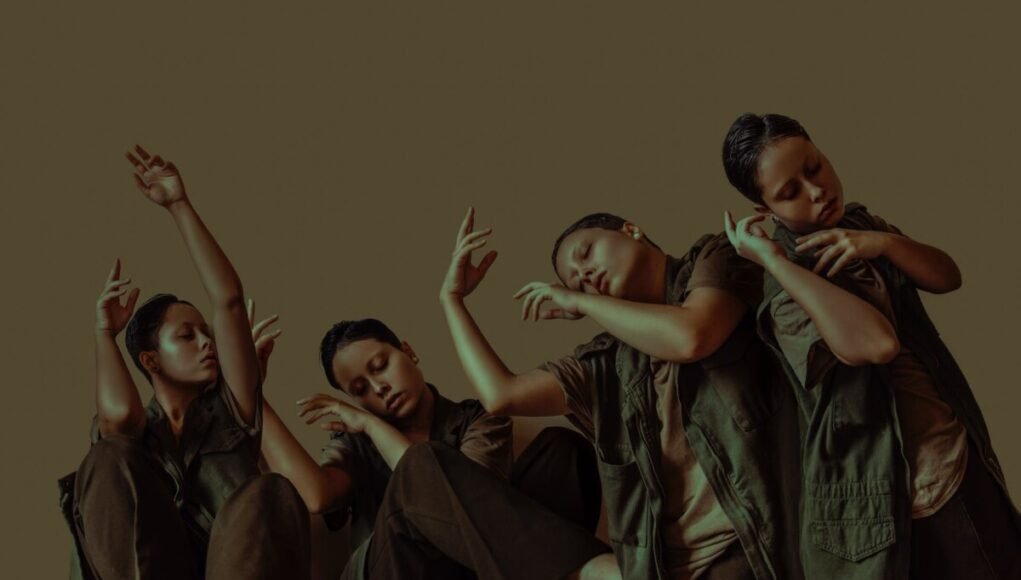Performance arts have the power to captivate audiences, spark emotions, and inspire change. As an art form, performance continues to evolve and push boundaries through constant innovation and experimentation. Contemporary performance encompasses a rich tapestry of genres and styles, from avant-garde theater to immersive digital experiences. By embracing new ideas and approaches, performance artists shape the future trajectory of their craft.
“The arts, it has been said, cannot change the world, but they may change human beings who might change the world.” – Maxine Greene
Performance art has come a long way from its ritualistic roots in ancient cultures. Through centuries of social and technological change, the landscape of performance continues to transform in exciting new ways. Innovation and experimentation are the lifeblood of this evolution, enabling artists to redefine creative expression and connect with audiences in novel and meaningful ways.
Contemporary performance encompasses a diverse range of genres and styles. From the intimacy of small experimental theaters to large-scale interactive installations, artists are pushing the boundaries of their craft. Digital media, interdisciplinary collaboration, and immersive environments are just some of the innovations shaping the future of performance. At its heart, performance art retains the power to enlighten, challenge and transform both artist and audience.
Performance Arts Innovation: Redefining Creative Expression
Innovation in performance involves exploring new creative approaches, mediums and modes of expression. It enables artists to engage audiences in unexpected and unconventional ways, often blurring the lines between spectator and participant. Performance arts innovation redefines notions of what constitutes art and what experiences art can create.
Immersive and interactive theater performances are prime examples of innovative contemporary performance. In productions like “Sleep No More”, audiences are free to roam and explore elaborately designed sets. Instead of passive viewing, the audience actively moves through the story. Punchdrunk theater company specializes in these richly atmospheric performances.
Digital technology has also expanded the possibilities of performance innovation. Artists like Choy Ka Fai incorporate virtual reality and motion capture in their productions. His work “VR_I” allows audience members to experience dance from the perspective of the performer. This pushes the boundaries of perception and grants a glimpse into another’s embodied experience.
Interdisciplinary collaboration is another crucial driver of innovation. Integrating different artistic disciplines creates opportunities for groundbreaking new forms. For instance, performance art collective LIGNA fuses radio plays, sound installations and city walks to produce politically provocative public interventions.
As digital designer and technologist Scenocosme state, “The role of the artist is to invent new desires, new poetic experiences for the public, to create new forms of life.” Performance arts innovation enables this perpetual reinvention.
Performance Arts Experimentation: Pushing the Boundaries of Convention
Experimentation allows performance artists to take risks, challenge conventions and expand the realms of creative possibility. It involves exploring uncharted artistic territory, often subverting established norms and formats. Though results may be variable, experimentation enables valuable artistic breakthroughs.
Avant-garde theater is one movement fundamentally rooted in experimentation. In the late 19th century, Alfred Jarry’s absurdist play “Ubu Roi” rejected theatrical conventions, causing riots at its premier. The surrealist plays of Antonin Artaud also caused scandals by incorporating jarring imagery and rejecting logical narrative structures.
Both artists aimed to shock audiences out of passive spectatorship. Their experimental performances generated new theatrical vocabulary and influenced future absurdist and surrealist dramatists.
Unconventional performance spaces are another area of fruitful experimentation. Site-specific performances directly engage with locations’ architecture, environment and history. This approach extracts new meanings from spaces not traditionally designed for performance.
For example, site-dance pioneer Joanna Haigood has staged performances in locations from water tanks to rice fields. The site becomes a partner in shaping the work’s meaning and audience experience.
Pushing the envelope of audience engagement is another experimental performance approach. In “The Smile Off Your Face” by Ontroerend Goed, blindfolded audience members sit in wheelchairs while performers feed and touch them. This intimate experiment in trust powerfully subverts spectator-performer dynamics.
Risk is inherent to experimentation. But artistic freedom and courage enable discoveries that can profoundly influence the evolution of performance. As theater innovator Peter Brook declared, “Without experiment, you cannot have innovation.”
The Evolution of Performance Arts: A Journey of Transformation
Performance arts have undergone continuous transformation throughout history, shaped by cultural shifts and the visionary artists driving innovation. Tracing this evolution reveals how experimentation propels the development of new forms, styles and movements.
In ancient societies, performance was ritualistic, embodied in practices like Greek chorus theater and Balinese trance dances. Performance later became intertwined with religious medieval morality plays. The Italian Renaissance birthed commedia dell’arte improvisational theater.
The 17th century saw opera and ballet emerge under royal European patronage. Then in late 19th century Paris, Antoine invented naturalist theater, bringing immersive realism to the stage.
Rebelling against realism’s constraints, avant-garde artists like Jarry and Artaud pioneered experimental theater. The Dadaists also challenged conventions with anarchic performance art.
Postmodern dance evolved as a revolutionary form, rejecting rigid ballet technique for natural movement. Choreographers like Martha Graham and Merce Cunningham freed dance from narrative constraints.
Contemporary performance encompasses these legacy genres along with newer practices like hip-hop theater. As art critic Marvin Carlson observes, “Every performance is essentially a re-performance.” Innovation builds on the foundation of history.
Contemporary Performance Arts: A Tapestry of Diverse Expressions
The contemporary performance landscape integrates both traditional and trailblazing genres. With global exchange expanding, performance arts evolve through intercultural collaboration. Diverse contemporary forms engage audiences in new experiential and intellectual ways.
Theater remains a thriving performance art, from Broadway musicals to Off-Off Broadway experimental plays. Contemporary styles like physical theater incorporate mime, clowning and acrobatics to expressively animate the body. Prominent companies like Mummenschanz push theater into visually spectacular new territory.
Dance also continues to evolve through fusion and reinvention. Hip-hop infused styles like krumping redefine movement vocabulary. Choreographers combine dance with disciplines like visual art and architecture, as exemplified by Shen Wei Dance Arts’ productions.
Performance art encompasses actions and interventions rather than traditional narrative forms. For instance, Marina Abramović’s confrontational pieces explore physical and mental endurance. Her work spotlights the body itself as subject.
These styles offer just a glimpse of contemporary performance’s incredible diversity. As cultural exchange increases in our globalized world, possibilities for interdisciplinary collaboration and genre convergence expand exponentially. The landscape continues to shift and grow richer.
The Future of Performance Arts: Embracing Perpetual Innovation
Performance possesses an enduring power to engage, challenge and transform. As long as artists remain committed to pushing boundaries, the future of performance arts looks bright.
Technological mediums like virtual reality, augmented reality and projection mapping will further expand possibilities for immersion. Collaborations between performers, scientists and engineers will enable new human-technology creative interfaces.
Embracing digital media also allows performances to be shared globally. Artists can transcend geographic barriers to reach wider audiences. At the same time, the intimacy and immediacy of live performance will persist.
According to media theorist Douglas Rushkoff, “The human body is the original technology, still unmatched in its capacity for real-time, full-bandwidth transmission of information.” There are experiences only live performance can provide.
Experimentation will remain imperative to artistic breakthroughs. Audiences crave novelty, but also deeper engagement. Performance can offer profound communal catharsis, bonding audiences through shared emotional journeys.
By sustaining a spirit of courageous creativity, performance artists will continue expanding the bounds of their medium. The landscape will keep evolving in tandem with the innovations of its practitioners. As long as human creativity endures, the performance arts will never cease being re-imagined.
































